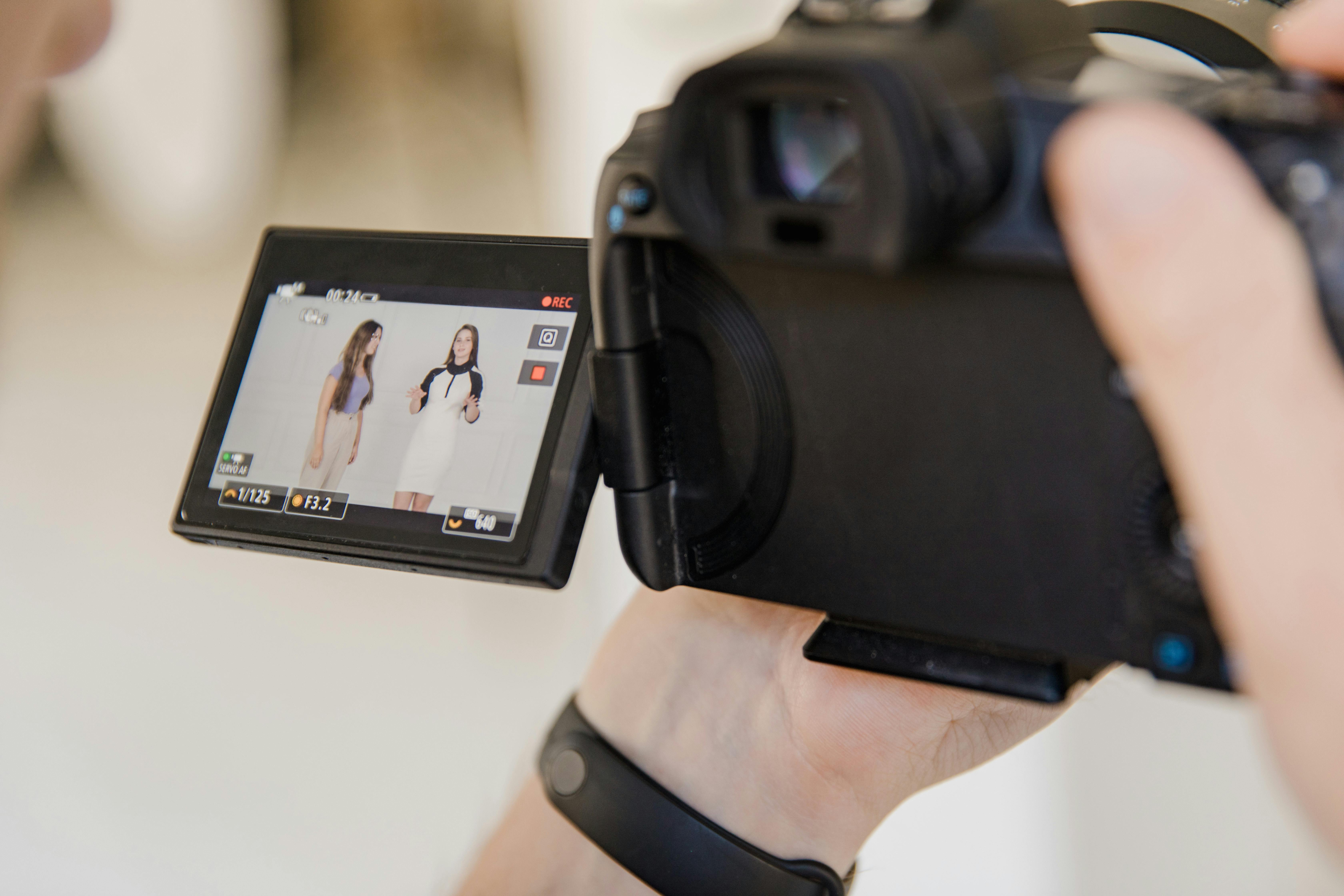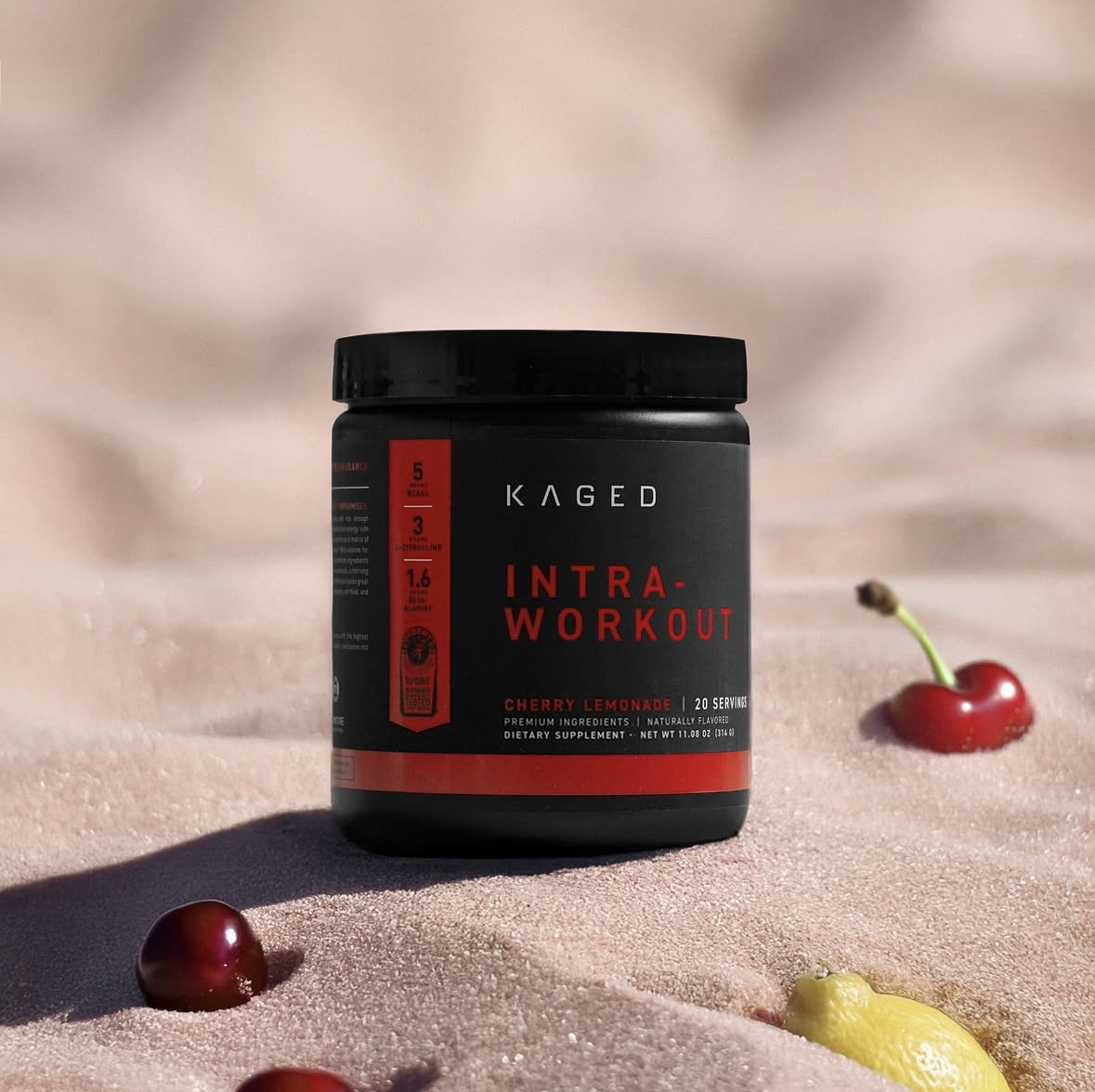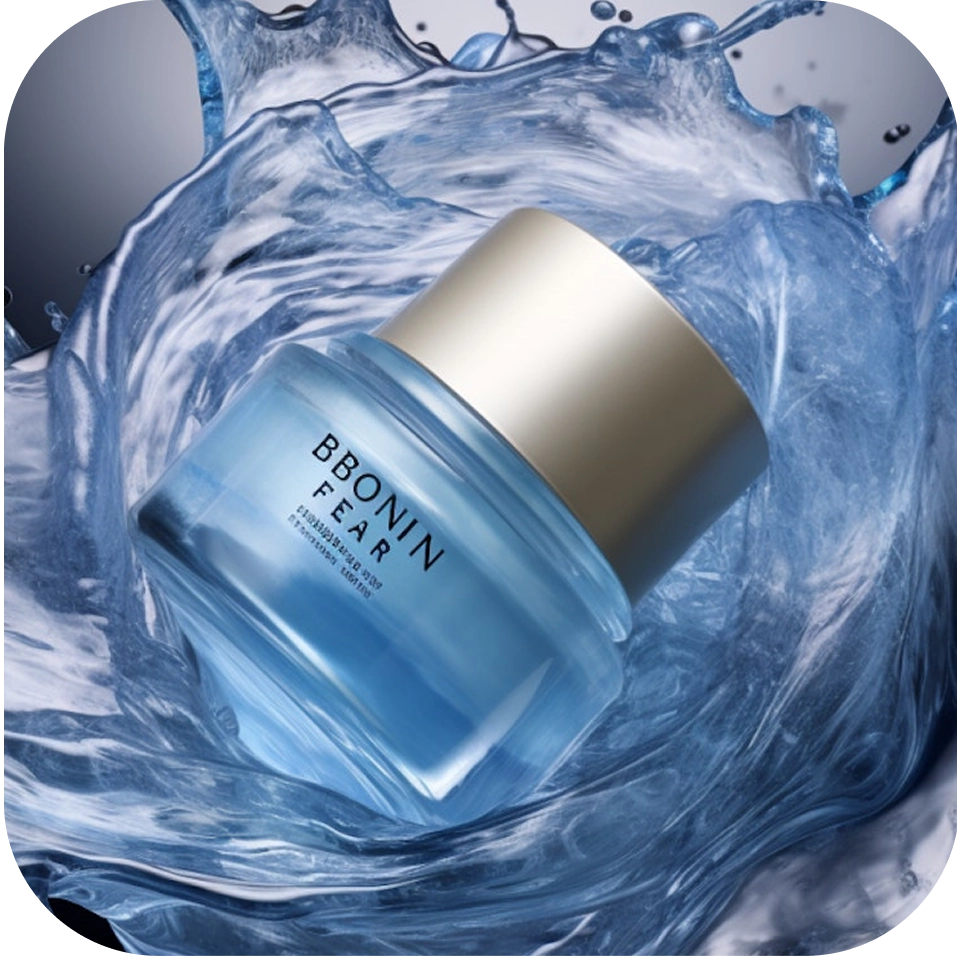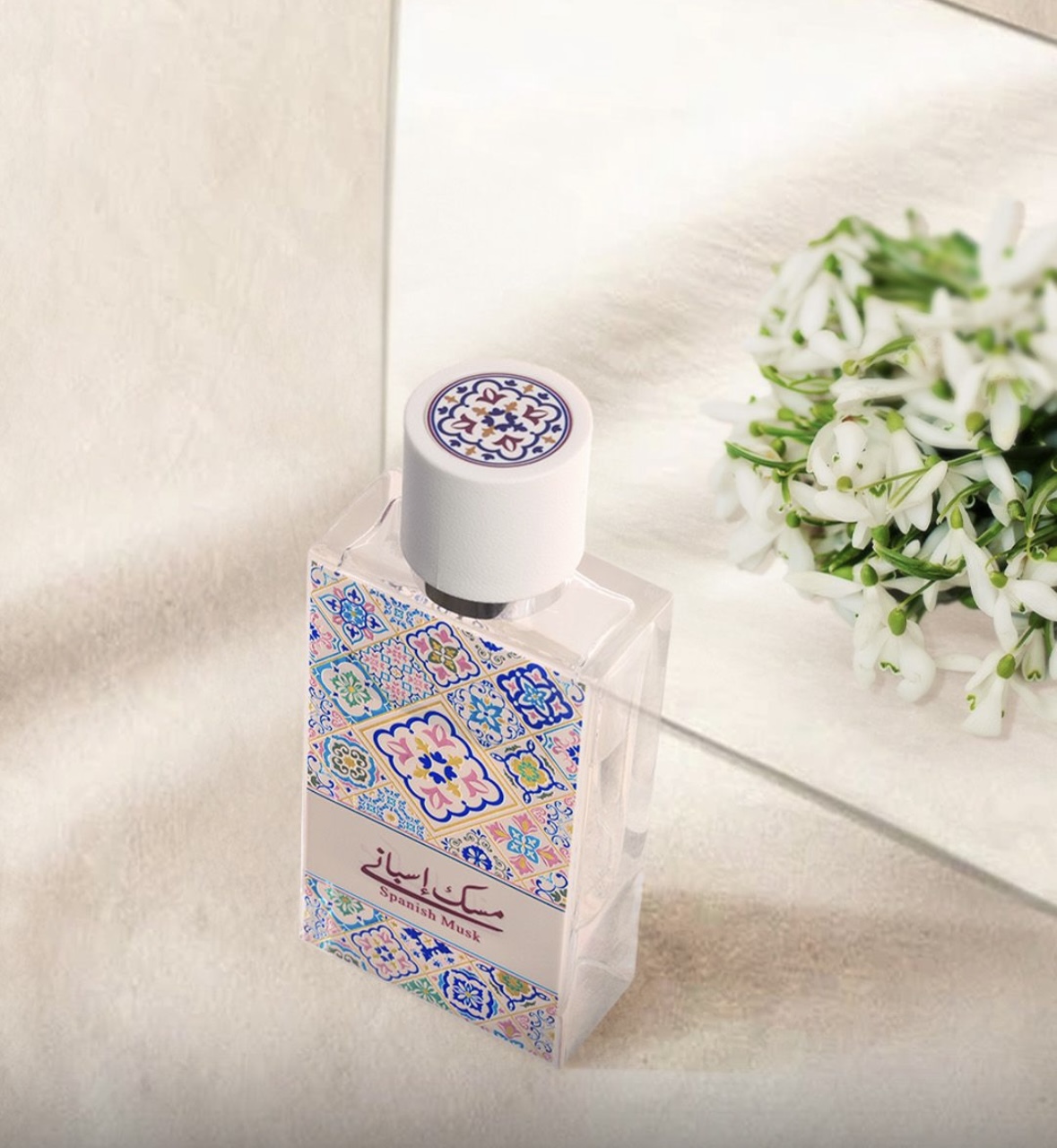Table Of Content
Discover how to choose the best influencer marketing agency for your brand.


Table Of Content
Not all influencer agencies operate the same way. Here’s a quick breakdown to help you understand the key differences:
Before evaluating any agency, get clear on what you're looking for. Ask yourself:
The more specific you are, the easier it will be to find an agency that can deliver on those expectations.
Influencer marketing isn’t one-size-fits-all. The best agency for a beauty brand may not be the best choice for SaaS or B2B. Industry experience matters.
A strong agency will come prepared with:
Modern influencer campaigns require more than spreadsheets and email chains. The best agencies integrate tech tools for influencer discovery, campaign management, reporting, and attribution.
If an agency isn’t using automation, real-time tracking, or performance dashboards, you’re paying for manual work—and probably missing out on better results. At NC Media, we use advanced tools that allow us to manage hundreds of influencers at scale without sacrificing personalization.
Pro tip: If you’re running large or recurring campaigns, ask about the software stack they use or whether they offer their own proprietary platform.
Don’t settle for vague promises. Ask agencies specific performance questions like:
If they can’t give you numbers—or if everything sounds too generic—it might be a sign they’re not results-oriented.
A strong influencer agency should feel like an extension of your team. Look for partners that:
Whether you're working with an Instagram-focused agency, a YouTube strategy partner, or a full-service shop, the key is alignment—not just on deliverables, but on mindset.
If your brand has a regional focus, consider working with an agency that understands the local market. A team with boots-on-the-ground knowledge—like an NYC-based influencer agency for New York brands—can tap into cultural nuance and audience behavior in ways global firms can’t.
If you want to browse options, marketplaces like Sortlist, DesignRush, or GoodFirms can help you vet and compare influencer agencies. Just be sure to go beyond the flashy portfolios—dig into reviews, case studies, and real metrics when available.
Don’t just take their word for it—see what they’ve done. A credible agency should have proof of past campaigns, detailed case studies, and client testimonials that show real impact.
Look for:
Last but definitely not least—make sure you click. The best campaigns happen when there’s chemistry between your internal team and the agency. Shared values, communication style, and creative vision can make or break the collaboration.
Choosing the right influencer marketing agency comes down to fit: strategy fit, budget fit, and culture fit.
At NC Media, we blend cutting-edge tech with hands-on campaign execution to help brands run performance-driven influencer marketing at scale. Whether you’re launching your first gifting campaign or managing thousands of creators, our team is here to deliver real results—not fluff.
Need help scaling your influencer program?
Let’s talk.








